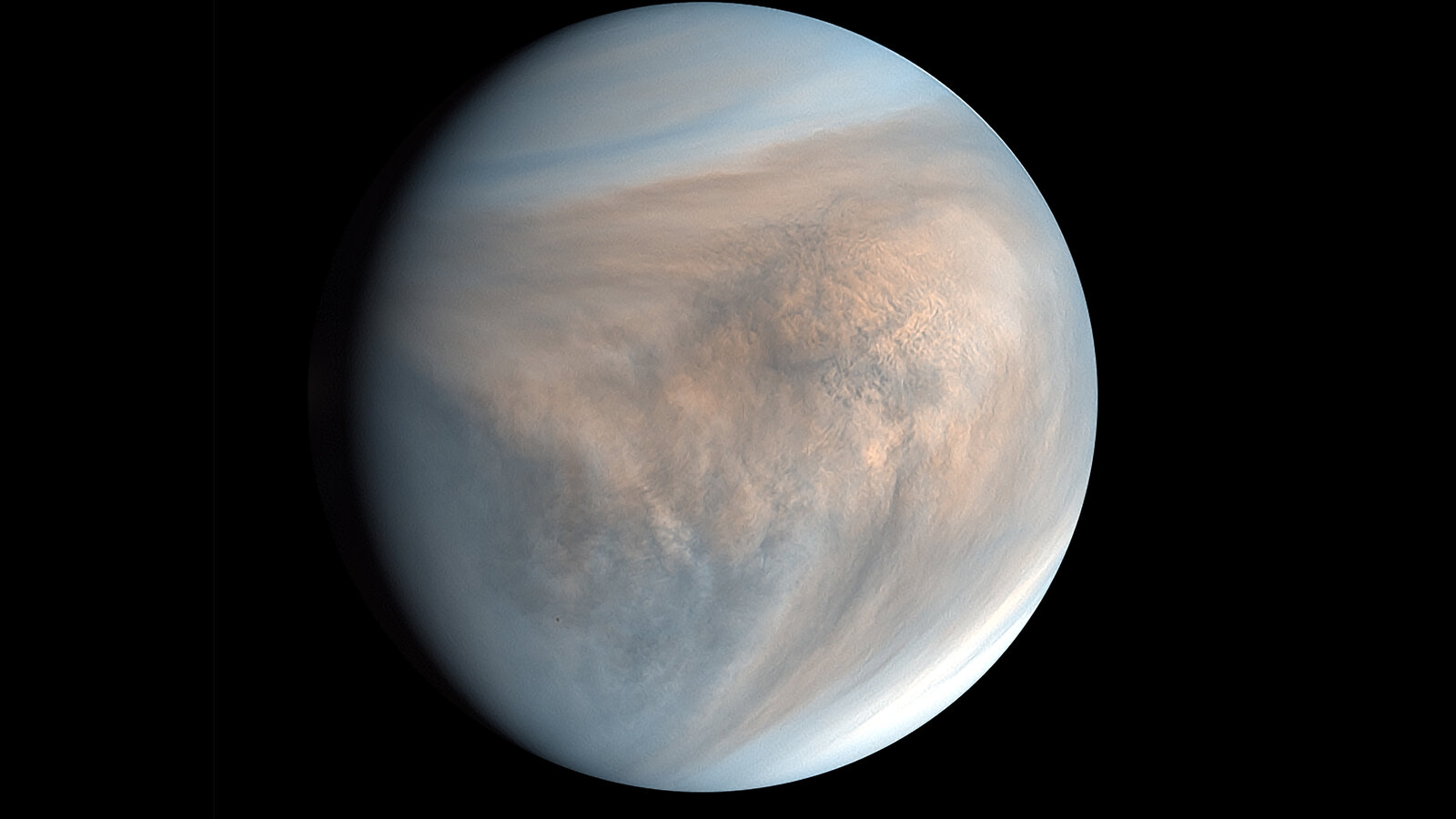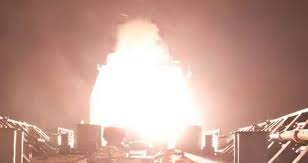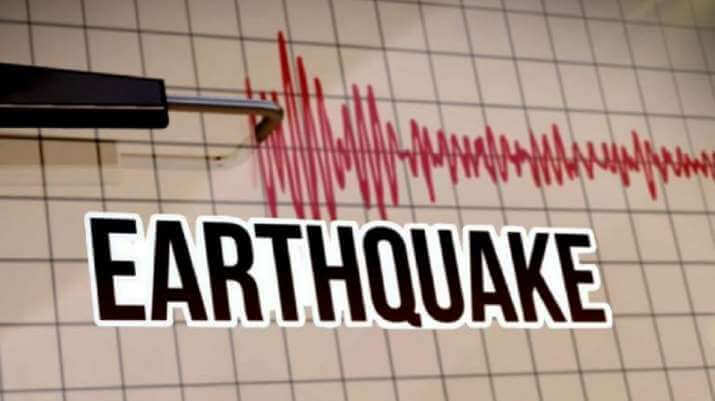No evidence of life on Venus found yet: Study
Tue 05 Jul 2022, 12:42:04

Washington: According to a new study, the unusual behaviour of sulphur in Venus’ atmosphere cannot be explained by an ‘aerial’ form of extra-terrestrial life.
Researchers from the University of Cambridge used a combination of biochemistry and atmospheric chemistry to test the ‘life in the clouds’ hypothesis, which astronomers have speculated about for decades, and found that life cannot explain the composition of the Venusian atmosphere.
Any life form in sufficient abundance is expected to leave chemical fingerprints on a planet’s atmosphere as it consumes food and expels waste. However, the Cambridge researchers found no evidence of these fingerprints on Venus.
Even if Venus is devoid of life, the researchers say their results, reported in the journal Nature Communications, could be useful for studying the atmospheres of similar planets throughout the galaxy, and the eventual detection of life outside our Solar System.
“We’ve spent the past two years trying to explain the weird sulphur chemistry we see in the clouds of Venus,” said co-author Dr Paul Rimmer from Cambridge’s Department of Earth Sciences. “Life is pretty good at weird chemistry, so we’ve been studying whether there’s a way to make life a potential explanation for what we see.”
The researchers used a combination of atmospheric and biochemical models to study the chemical reactions that are expected to occur, given the known sources of chemical energy in Venus’s atmosphere.
“We looked at the sulphur-based ‘food’ available in the Venusian atmosphere — it’s not anything you or I would want to eat, but it is the main available energy source,” said Sean Jordan from Cambridge’s Institute of Astronomy, the paper’s first author. “If that food is being consumed by life, we should see evidence of that through specific chemicals being lost and gained in the atmosphere.”
The models looked at a particular feature of the Venusian atmosphere — the abundance of sulphur dioxide (SO2). On Earth, most SO2 in the atmosphere comes from volcanic emissions. On Venus, there are high levels of SO2 lower in the clouds, but it somehow gets ‘sucked out’ of the atmosphere at higher altitudes.
“If life is present, it
must be affecting the atmospheric chemistry,” said co-author Dr Oliver Shorttle from Cambridge’s Department of Earth Sciences and Institute of Astronomy. “Could life be the reason that SO2 levels on Venus get reduced so much?” The models, developed by Jordan, include a list of metabolic reactions that the life forms would carry out in order to get their ‘food’, and the waste by-products. The researchers ran the model to see if the reduction in SO2 levels could be explained by these metabolic reactions.
must be affecting the atmospheric chemistry,” said co-author Dr Oliver Shorttle from Cambridge’s Department of Earth Sciences and Institute of Astronomy. “Could life be the reason that SO2 levels on Venus get reduced so much?” The models, developed by Jordan, include a list of metabolic reactions that the life forms would carry out in order to get their ‘food’, and the waste by-products. The researchers ran the model to see if the reduction in SO2 levels could be explained by these metabolic reactions.
They found that the metabolic reactions can result in a drop in SO2 levels, but only by producing other molecules in very large amounts that aren’t seen. The results set a hard limit on how much life could exist on Venus without blowing apart our understanding of how chemical reactions work in planetary atmospheres.
“If life was responsible for the SO2 levels we see on Venus, it would also break everything we know about Venus’s atmospheric chemistry,” said Jordan. “We wanted life to be a potential explanation, but when we ran the models, it isn’t a viable solution. But if life isn’t responsible for what we see on Venus, it’s still a problem to be solved — there’s lots of strange chemistry to follow up on.” Although there’s no evidence of sulphur-eating life hiding in the clouds of Venus, the researchers say their method of analysing atmospheric signatures will be valuable when JWST, the successor to the Hubble Telescope, begins returning images of other planetary systems later this year. Some of the sulphur molecules in the current study are easy to see with JWST, so learning more about the chemical behaviour of our next-door neighbour could help scientists figure out similar planets across the galaxy.
“To understand why some planets are alive, we need to understand why other planets are dead,” said Shorttle. “If life somehow managed to sneak into the Venusian clouds, it would totally change how we search for chemical signs of life on other planets.” “Even if ‘our’ Venus is dead, it’s possible that Venus-like planets in other systems could host life,” said Rimmer, who is also affiliated with Cambridge’s Cavendish Laboratory. “We can take what we’ve learned here and apply it to exoplanetary systems — this is just the beginning.”
No Comments For This Post, Be first to write a Comment.
Most viewed from International
Most viewed from World
AIMIM News
Latest Urdu News
Most Viewed
May 26, 2020
Do you think Canada-India relations will improve under New PM Mark Carney?
Latest Videos View All
Like Us
Home
About Us
Advertise With Us
All Polls
Epaper Archives
Privacy Policy
Contact Us
Download Etemaad App
© 2025 Etemaad Daily News, All Rights Reserved.



.jpg)






.jpg)
.jpg)








.jpg)
.jpg)
.jpg)
.jpg)
.jpg)

















